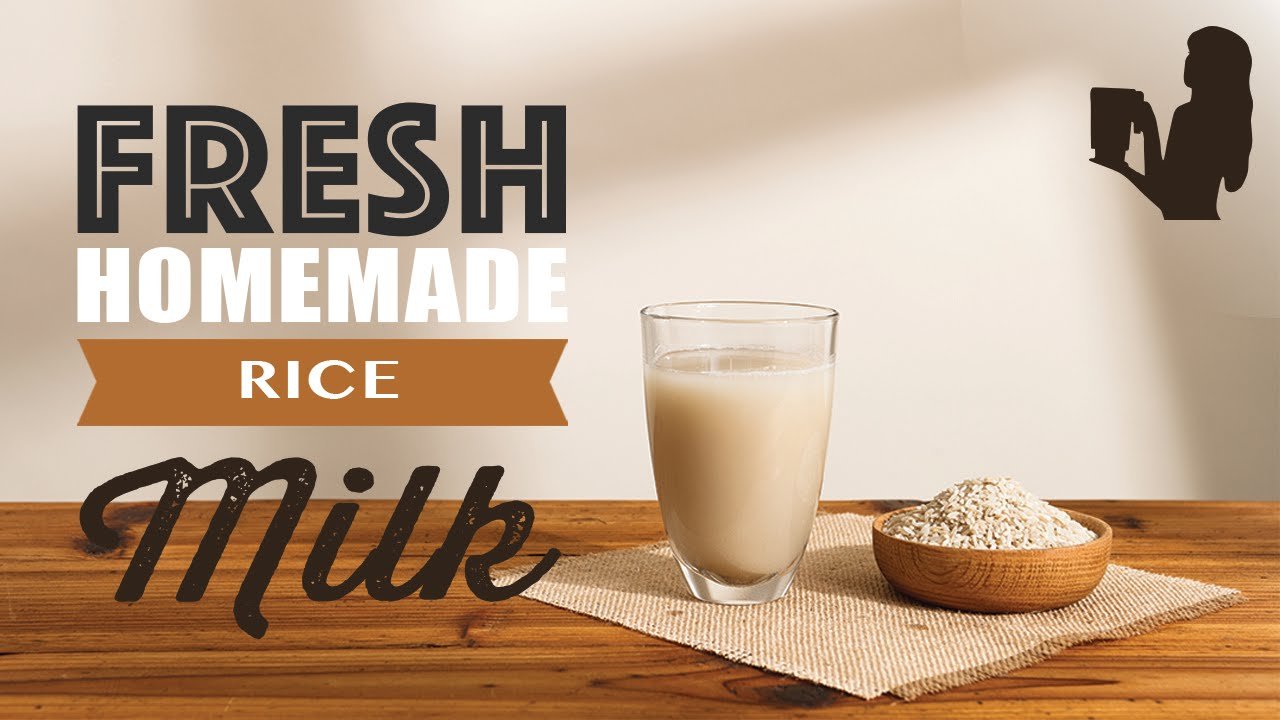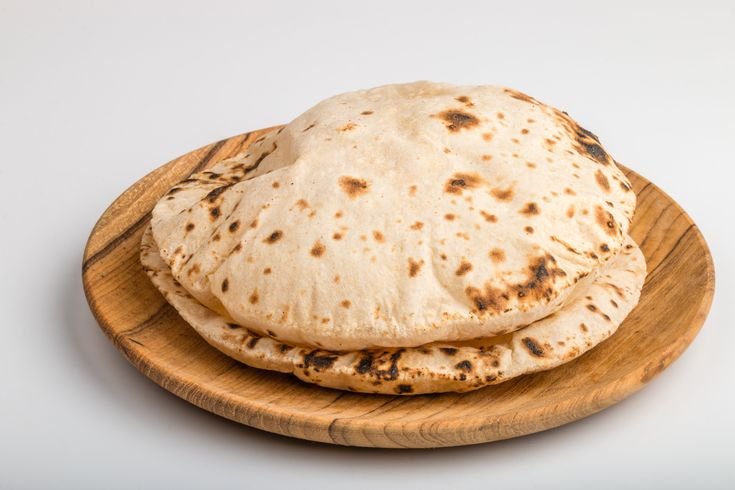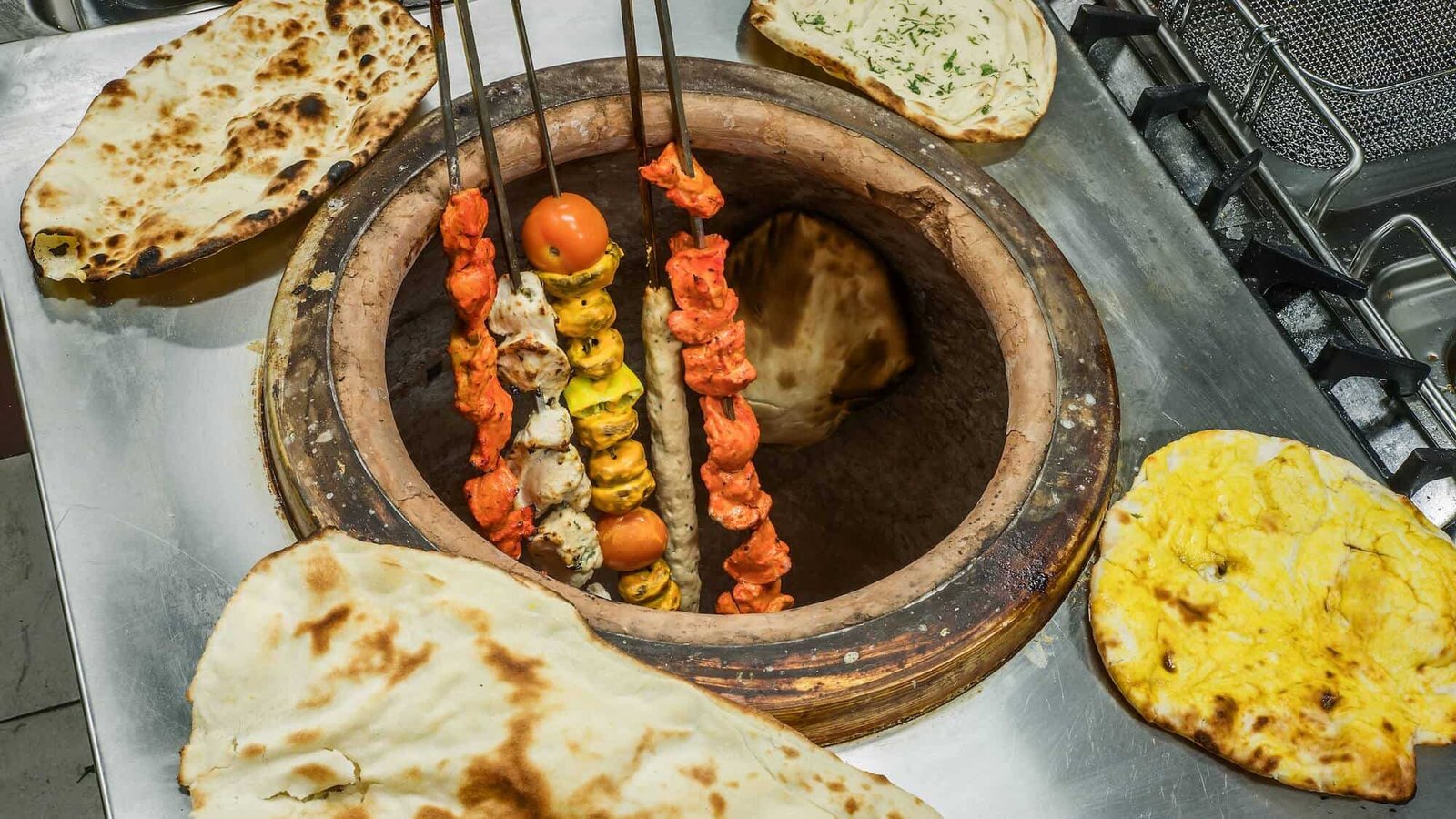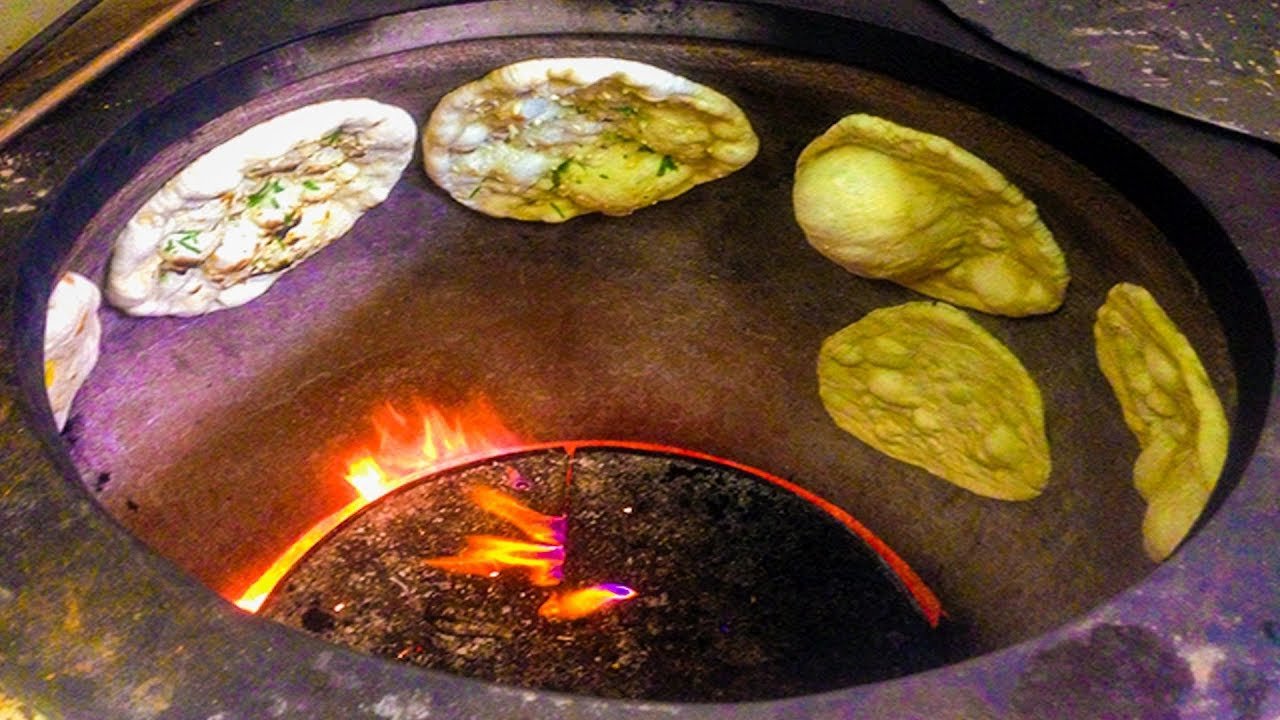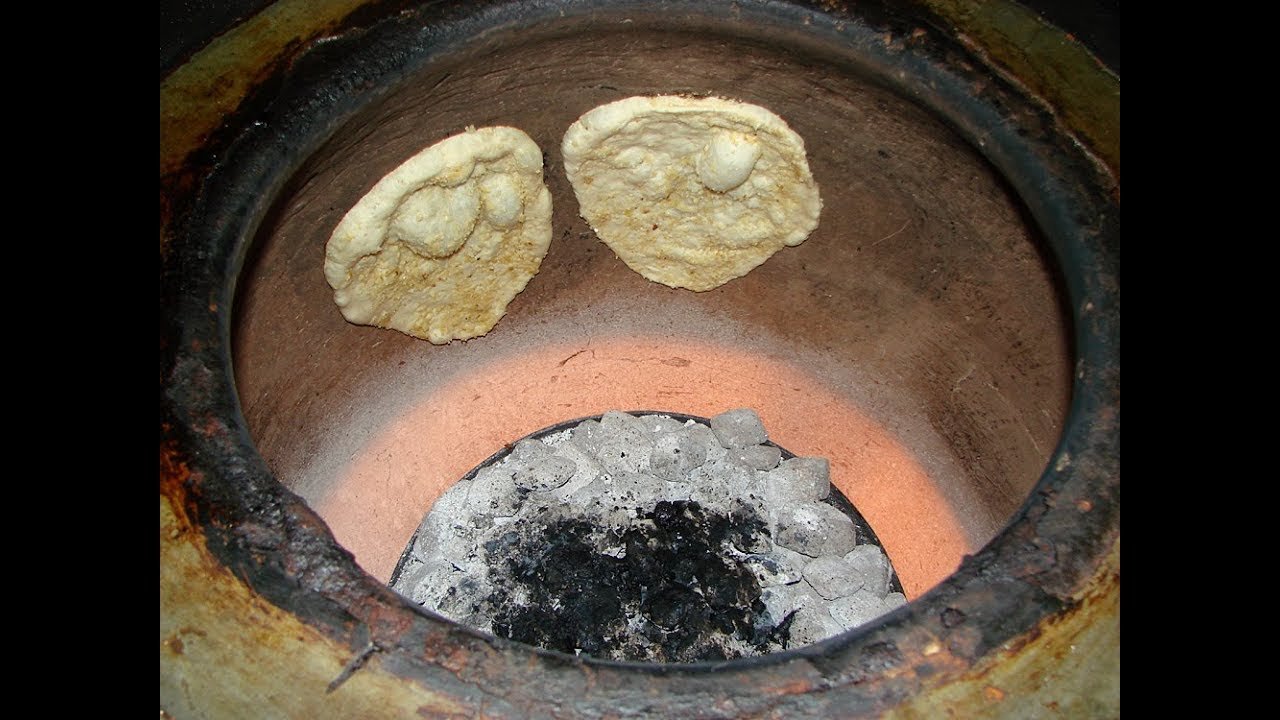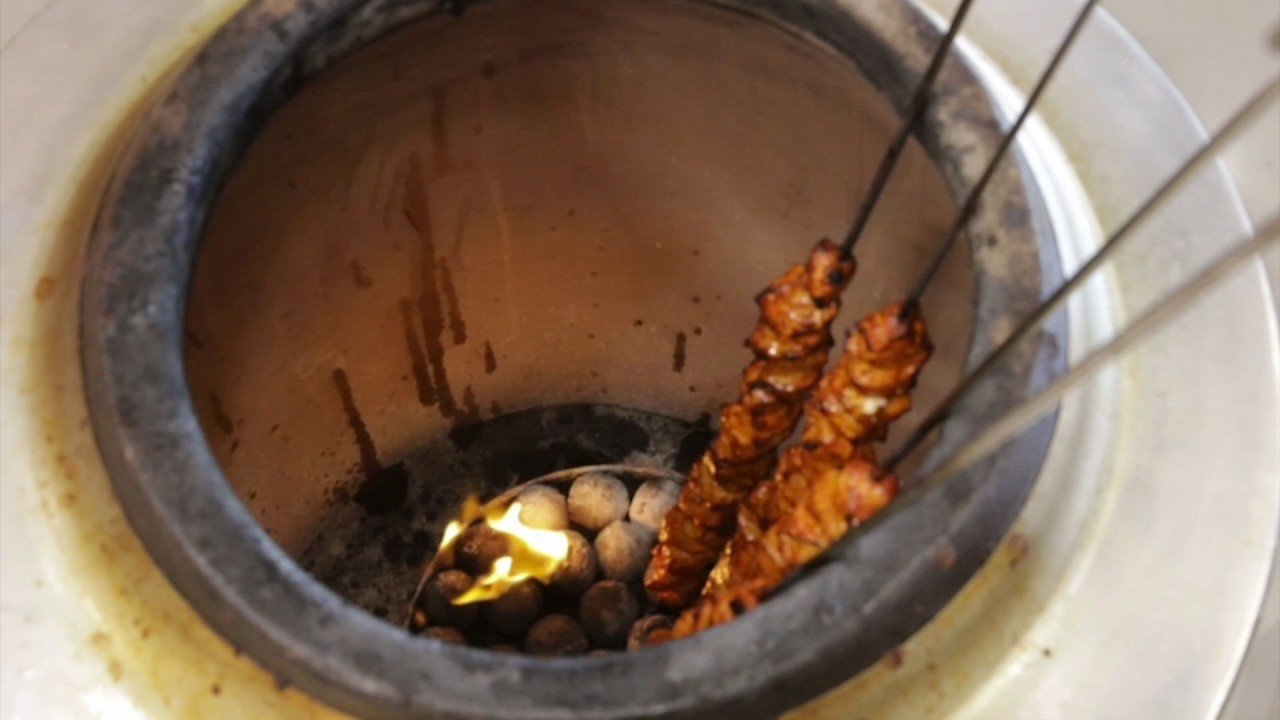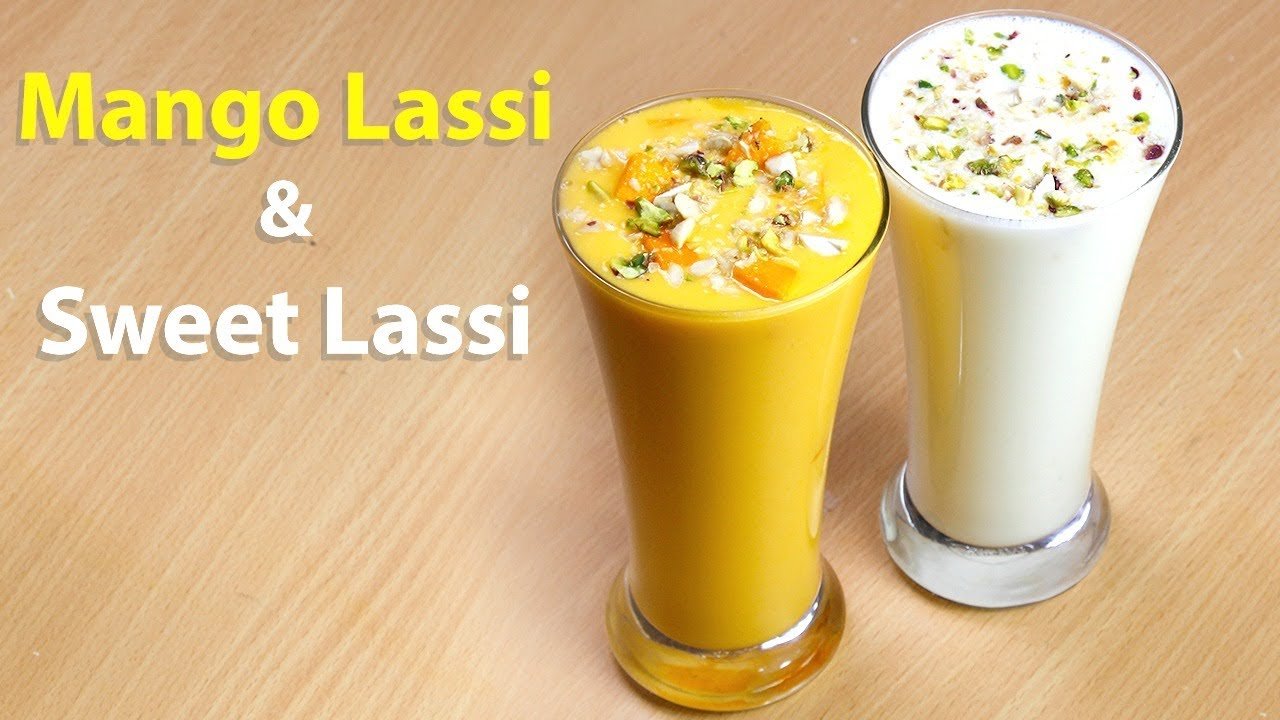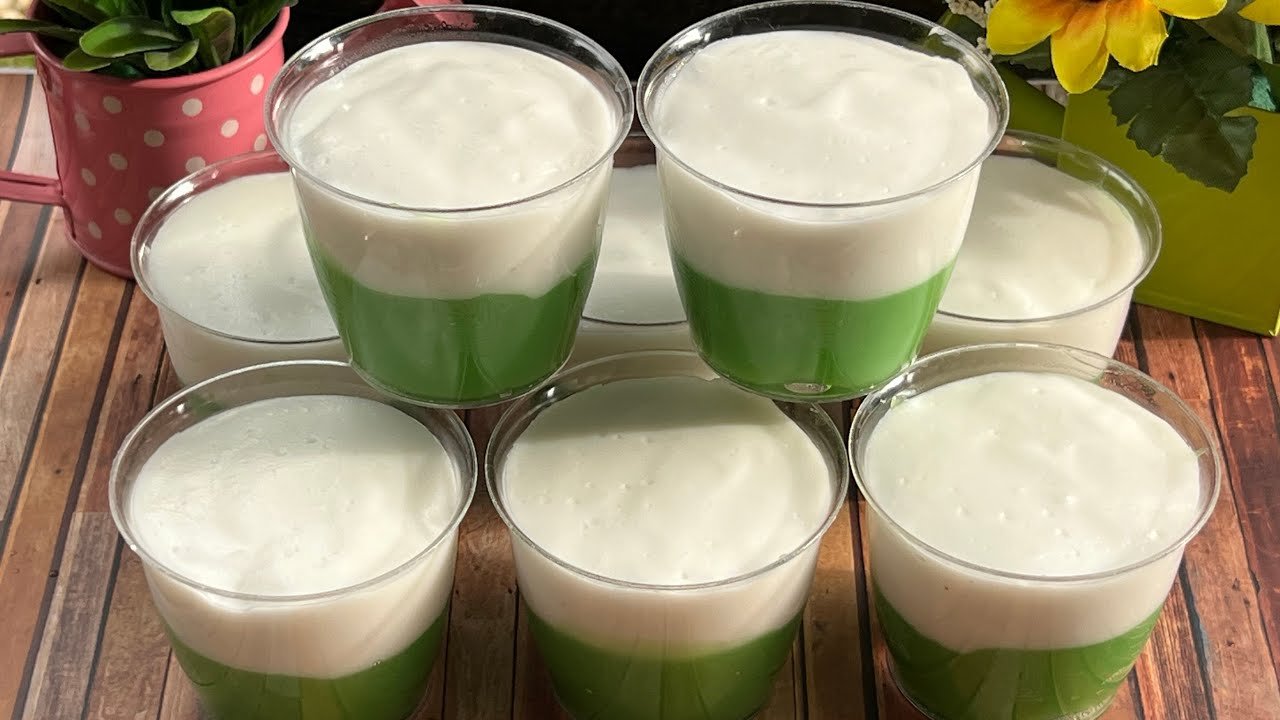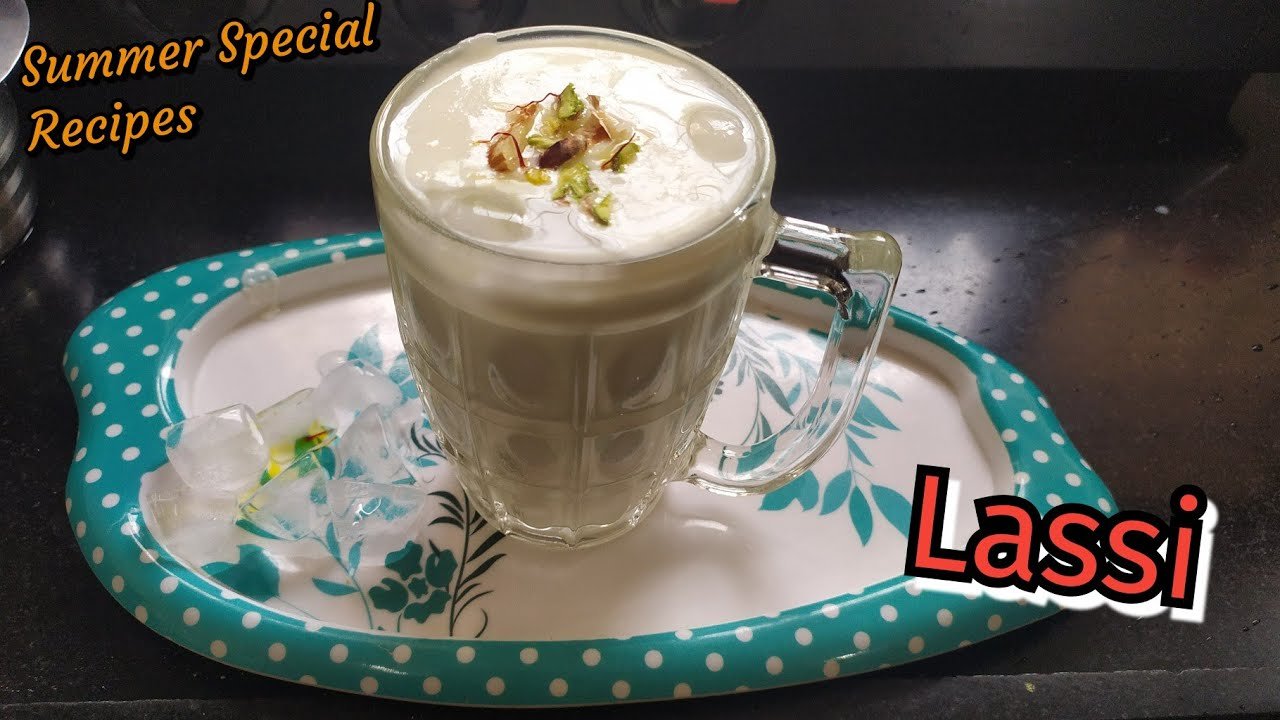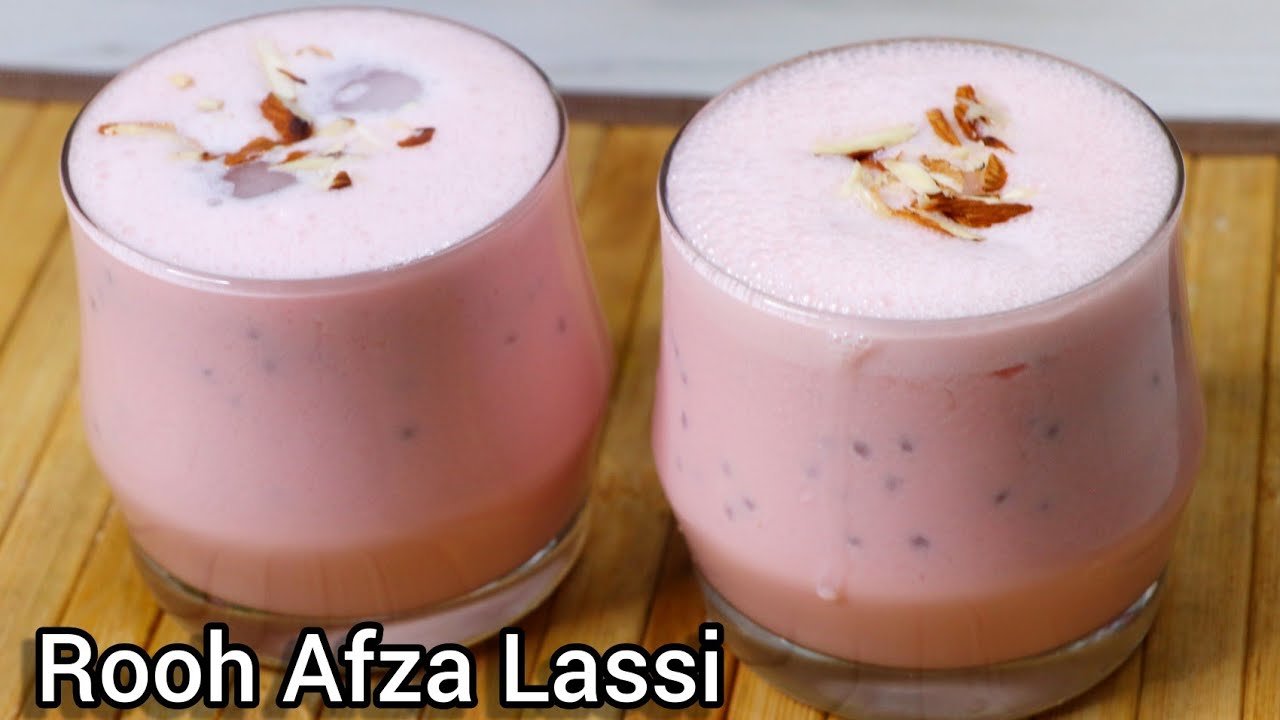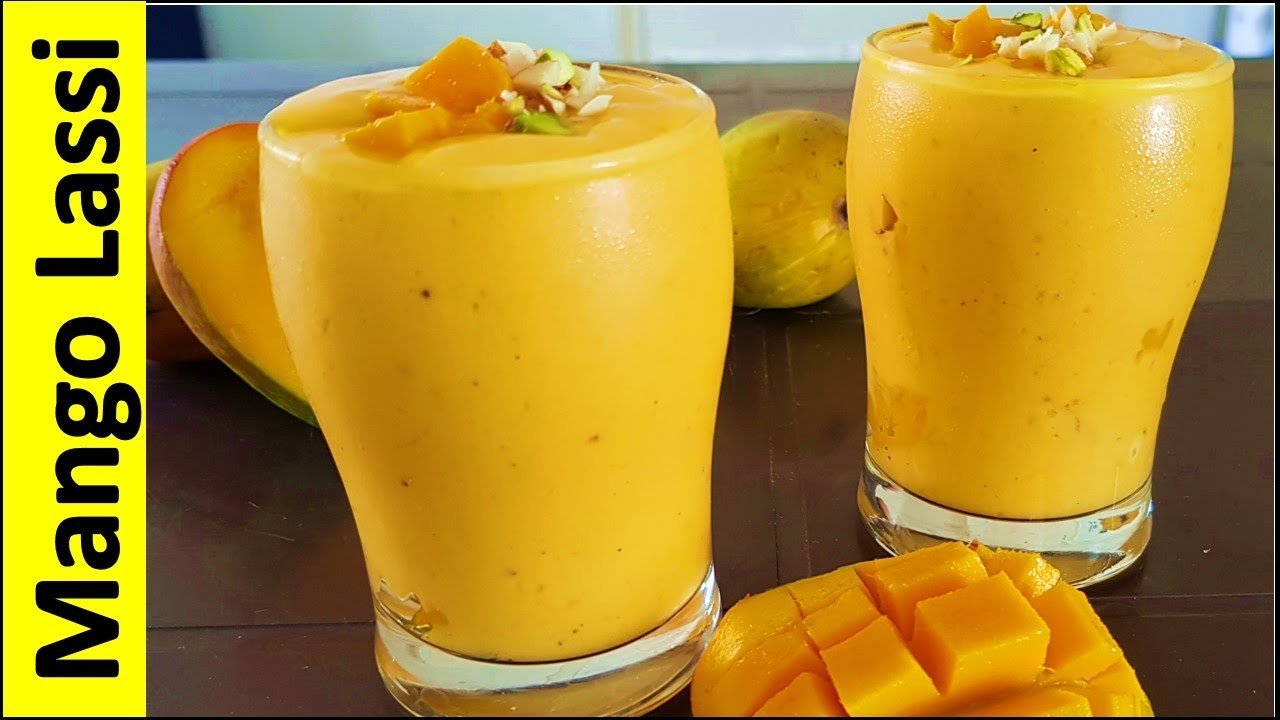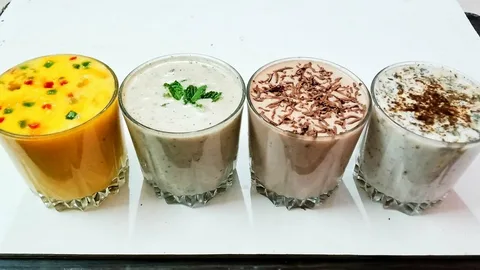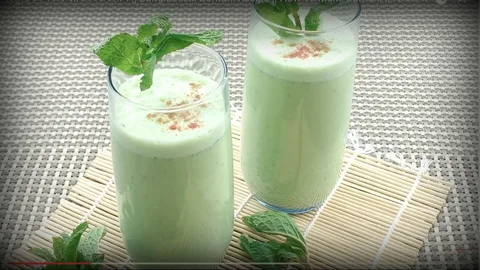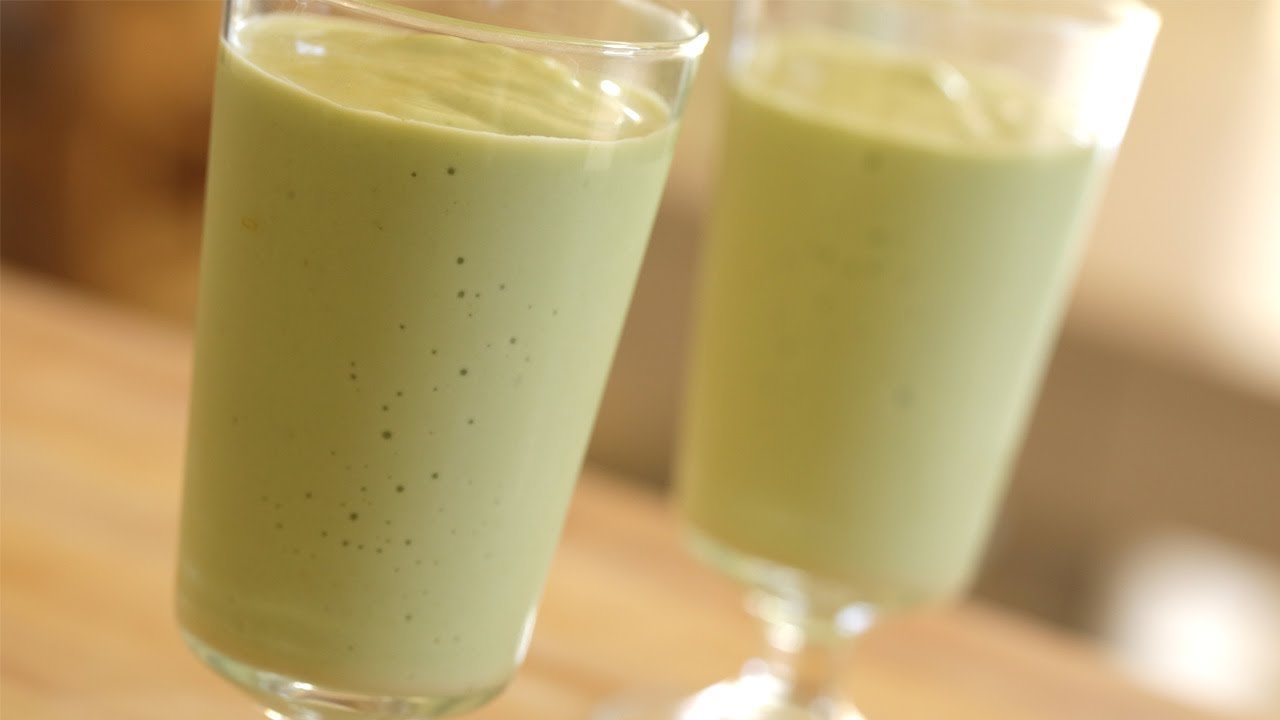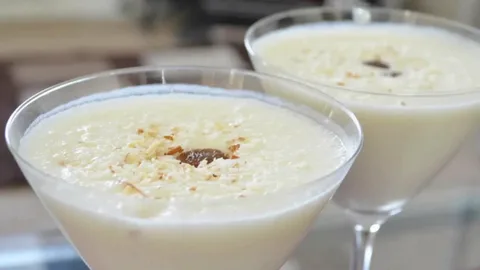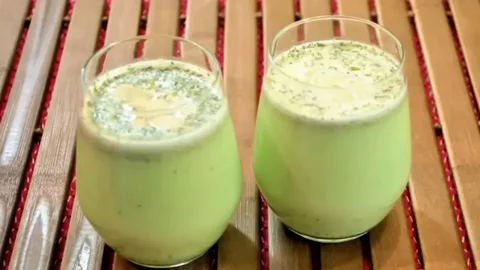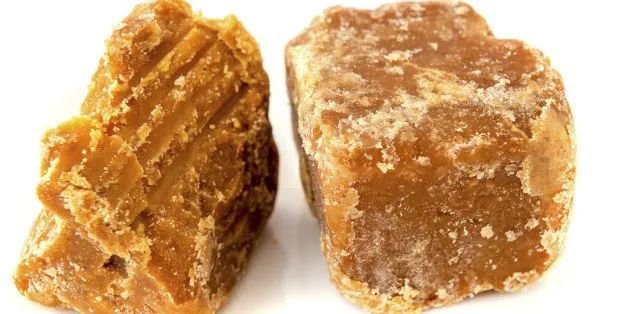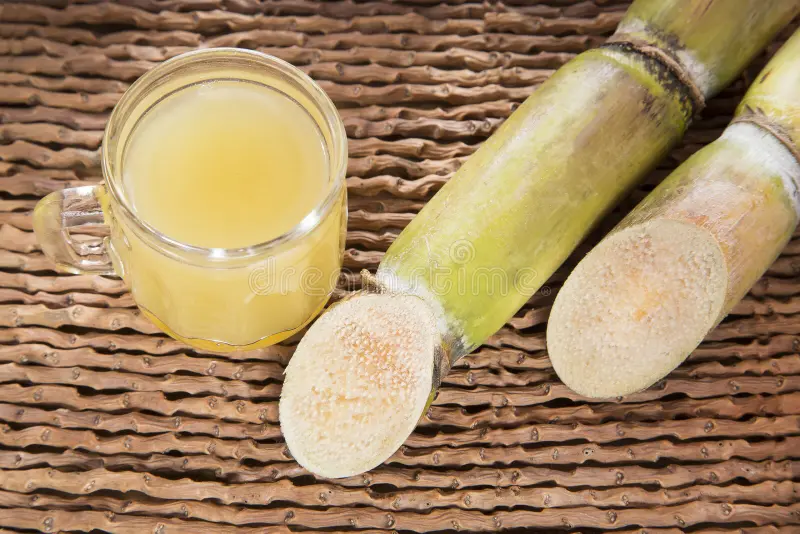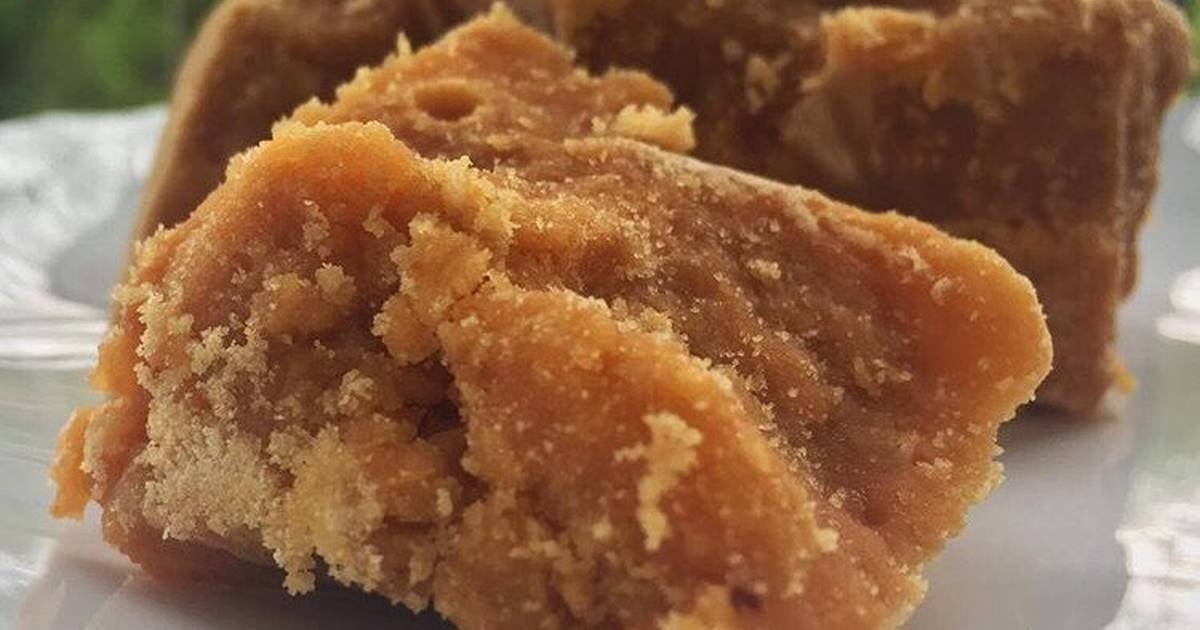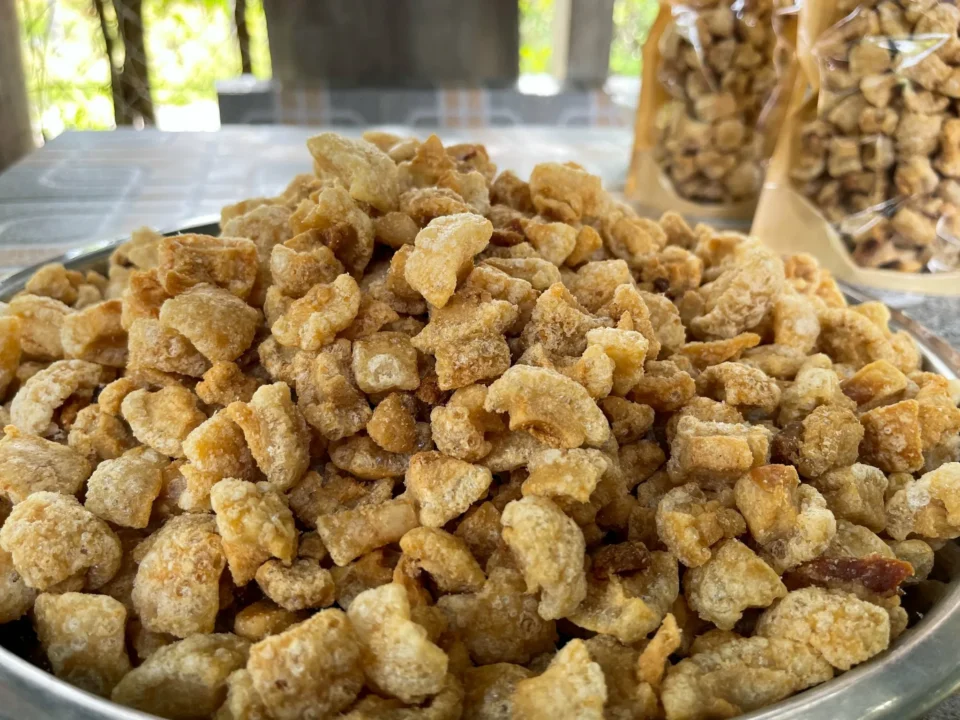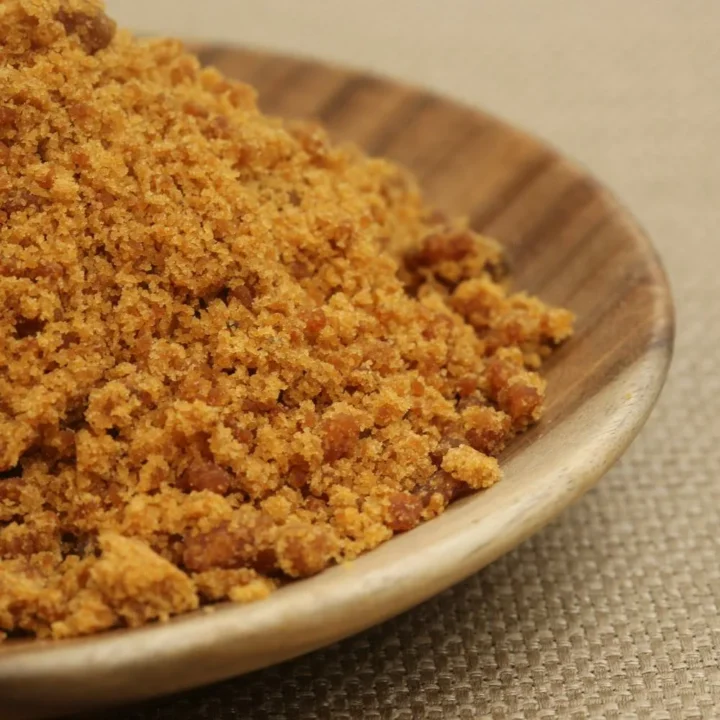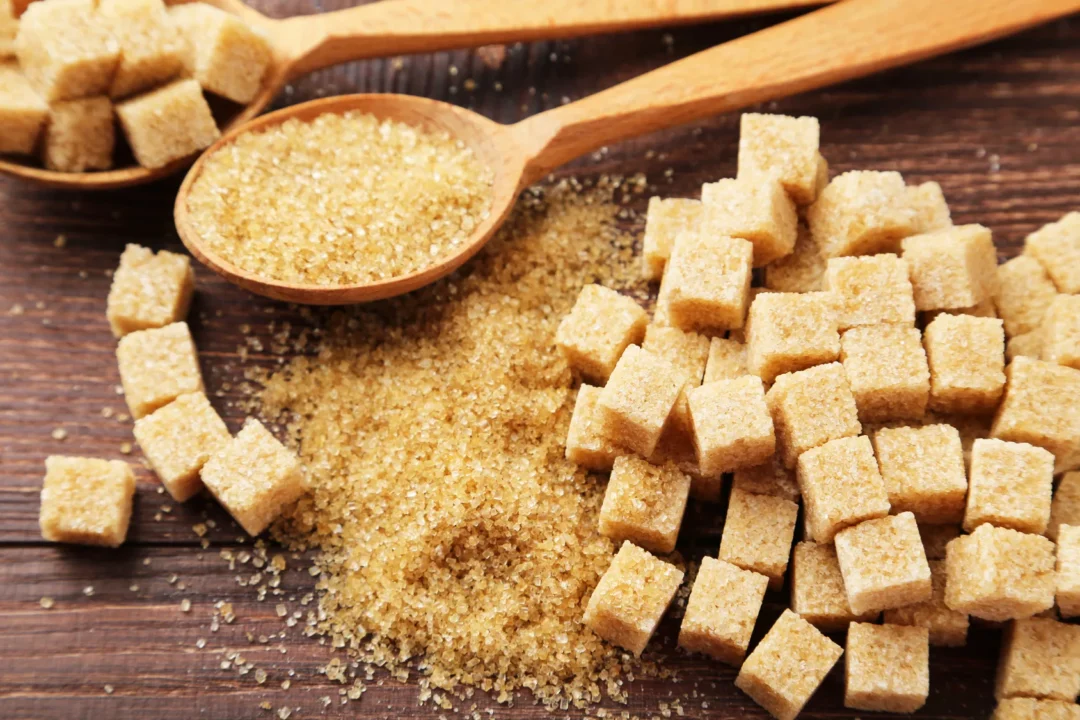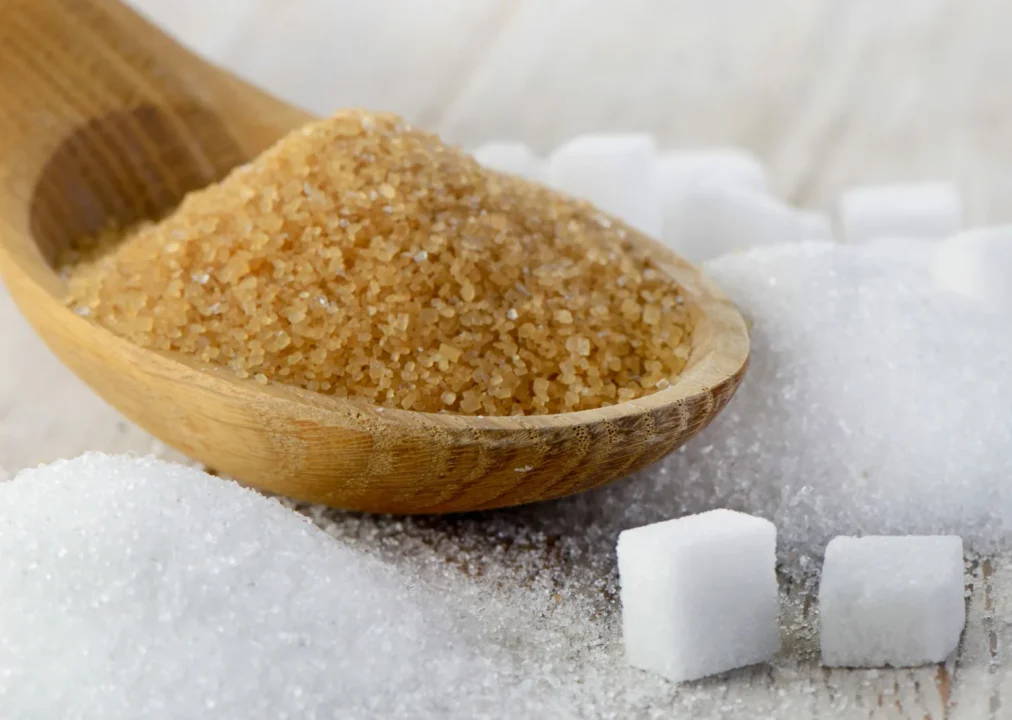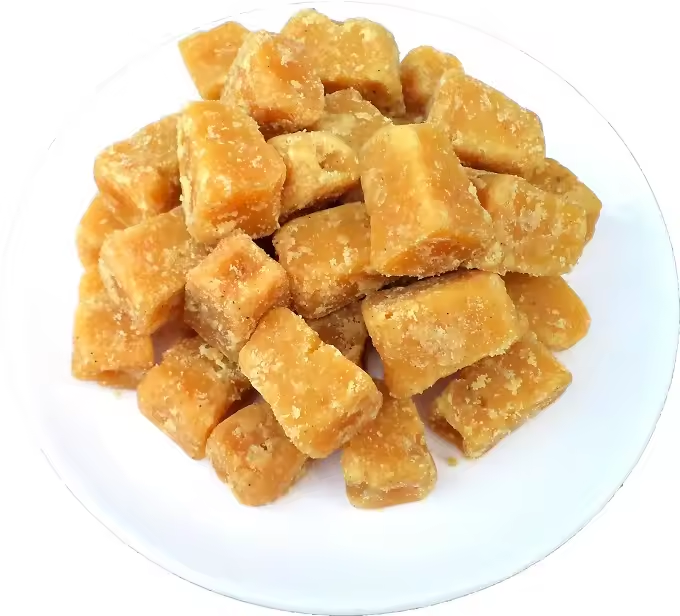ORGANIC FOODS
Sweet and Sour Chicken: Cooking Tips

A Flavorful Classic: Sweet and Sour Chicken
Sweet and Sour Chicken is a beloved dish across continents, blending savory, tangy, and sweet flavors into a perfect harmony that’s hard to resist. This dish is a global favorite, perfect with steamed rice or chow mein.
The Origins of Sweet and Sour Chicken
Variations of sweet and sour sauces have been used in Chinese cooking for centuries. Sweet and Sour Chicken, as we know it today, became popular as a Cantonese dish. It uses a sauce made from vinegar, ketchup, sugar, and soy. This sauce coats fried or stir-fried chicken pieces. Over time, this dish has crossed cultural boundaries. It is now a staple in Chinese-American and Chinese-European cuisine.
What Makes Sweet and Sour Chicken Irresistible?
The secret to Sweet and Sour Chicken lies in the perfect balance of flavors. Here are some essential components:
- Crispy Chicken: Bite-sized chicken pieces are often breaded and deep-fried to golden perfection, offering a delightful crunch.
- The Sauce: The combination of sweetness from sugar or pineapple, tanginess from vinegar, and the umami notes from soy sauce creates an irresistible glaze.
- Vegetables: Often paired with bell peppers, onions, and chunks of pineapple, these colorful additions not only add flavor, but also vibrant textures.
check out this foolproof Sweet and Sour Chicken Recipe for a step-by-step guide.
Nutritional Considerations
Sweet and Sour Chicken can be tailored to meet various dietary needs. For a healthier take, skip the deep frying and opt for baked or stir-fried chicken. Replace sugar with natural sweeteners or minimize its quantity entirely. Click here to learn more about healthy tweaks to your favorite recipes, Healthy Chinese Cooking Tips.
Ideal Pairings for Sweet and Sour Chicken
No meal is complete without the perfect pairing. Sweet and Sour Chicken fits beautifully with these sides:
- Steamed Rice: A great way to balance out the flavors, letting you enjoy every bite.
- Fried Rice: Add an extra layer of flavor and texture.
- Vegetables: Steamed broccoli or sautéed bok choy make great complements.
Need more recipe ideas for classic Chinese dishes? Explore Top 10 Chinese Recipes for inspiration.
A Dish for Every Occasion
From cozy family dinners to festive celebrations, Sweet and Sour Chicken is a versatile dish that works for virtually any occasion. Its vibrant mix of flavors and textures ensures it’s a crowd-pleaser every time.
If you haven’t tried this dish yet, it’s time to add it to your culinary repertoire. Make your kitchen smell heavenly with Sweet and Sour Chicken—and don’t forget to bookmark this recipe for later!
Want to learn more about diverse culinary traditions? Visit Global Culinary Favorites.
Recommended Books and Related URLs for Sweet and Sour Chicken Enthusiasts
- Books:
- The Chinese Takeout Cookbook by Diana Kuan: Discover easy and authentic recipes for your favorite Chinese takeout dishes, including Sweet and Sour Chicken.
- Every Grain of Rice: Simple Chinese Home Cooking by Fuchsia Dunlop: A comprehensive guide to Chinese cooking that covers a range of dishes and techniques, perfect for both beginners and advanced cooks.
- The Wisdom of the Chinese Kitchen by Grace Young: Explore traditional Chinese meals with step-by-step instructions, stories, and tips for perfecting dishes such as Sweet and Sour Chicken.
- Related URLs:
- Serious Eats: Sweet and Sour Chicken Recipe: A detailed recipe and cooking guide for an authentic Sweet and Sour Chicken dish.
- BBC Good Food: Sweet and Sour Chicken: Offers a range of recipe variations with cooking tips and techniques.
- YouTube Cooking Channel: Sweet and Sour Chicken: Watch and learn from various chefs as they demonstrate their unique takes on Sweet and Sour Chicken.
Pros and Cons of Sweet and Sour Chicken
Pros
- Flavor Profile: The dish offers a delightful blend of sweet, savory, and tangy flavors, making it a popular choice for many.
- Versatility: With components that can be easily altered, such as using different vegetables or leaning towards a healthier preparation method, Sweet and Sour Chicken can be adapted to fit dietary preferences.
- Appeal: Its vibrant appearance and tasty balance of ingredients can make it a highlight at any meal, whether served for family gatherings or special occasions.
Cons
- Caloric Content: When deep-fried, the dish can be high in calories and fat, which may not be suitable for those on a restricted diet.
- Sugar Levels: The sweetness that makes it so appealing can also add a significant amount of sugar to one’s diet, which may be a concern for those monitoring their sugar intake.
- Customizability: While it can be adapted, some diners may miss the traditional preparation if it is altered too much to suit health needs.
Related URLs
- Healthline: The Nutritional Scoop on Sweet and Sour Chicken: Learn about the nutritional aspects and how to make healthier choices.
- Eat This Not That: Healthy Alternatives: Discover lighter versions of the classic dish without sacrificing flavor.
- YouTube: Healthier Cooking Tips for Sweet and Sour Chicken: Watch cooking demonstrations for healthier variations of this beloved meal.
Frequently Asked Questions About Sweet and Sour Chicken
What is Sweet and Sour Chicken?
Sweet and Sour Chicken is a popular Chinese-American dish. It is known for its sweet and tangy sauce. The sauce is typically made with sugar, vinegar, soy sauce, and other ingredients. The chicken is usually battered and fried. It is then tossed with the sauce and various vegetables.
How can I make Sweet and Sour Chicken healthier?
To make Sweet and Sour Chicken healthier, try baking the chicken. Stir-frying is also a good option. Avoid deep-frying to cut down on oil. Use natural sweeteners to reduce sugar. Add more vegetables for extra nutrition. For more tips, visit Eat This Not That: Healthy Alternatives.
Can I prepare Sweet and Sour Chicken in advance?
Yes, you can prepare the components separately. Cook the chicken and sauce separately. Store them in airtight containers. When ready to serve, reheat and toss them together. For additional preparation tips, refer to BBC Good Food: Sweet and Sour Chicken.
What are some common substitutes for the ingredients in Sweet and Sour Chicken?
Common substitutes include pineapple juice instead of vinegar for a more natural sweetness. Replace sugar with honey or agave syrup. Swap out traditional bell peppers for other vegetables like zucchini or snow peas. Check out Healthline: The Nutritional Scoop on Sweet and Sour Chicken for more substitution ideas.
Can Sweet and Sour Chicken be made gluten-free?
Yes, by using gluten-free soy sauce or tamari and gluten-free cornstarch or flour for the batter, you can easily make Sweet and Sour Chicken gluten-free. For further guidance, watch YouTube: Healthier Cooking Tips for Sweet and Sour Chicken.
ORGANIC FOODS
Tandoor: A Historical and Cultural Icon

Introductions
The tandoor, a cylindrical clay or metal oven, has been a staple in cooking for thousands of years, especially in South Asia, Central Asia, and the Middle East. This ancient cooking device not only provides a unique smoky flavor to food but also serves as a cultural symbol of communal and celebratory cooking. Let’s delve into the history, benefits, and contemporary usage of the tandoor.
Historical Origins of the Tandoor
The origins of the tandoor can be traced back over 5,000 years to the Indus Valley Civilization (modern-day Pakistan and northwest India). Archaeological excavations have uncovered remnants of early tandoor-like ovens, indicating their importance in ancient culinary practices.
The word “tandoor” is derived from the Persian word “tanīr,” which means “oven” or “fire.” Persian and Central Asian influence played a significant role in spreading tandoor cooking techniques across regions. By the time of the Mughal Empire (16th to 19th century), tandoors became an integral part of royal kitchens, used to prepare dishes like naan, kebabs, and tandoori meats.
Types of Tandoors
-
Traditional Clay Tandoor:
- Made from clay, often reinforced with a mixture of straw and other materials.
- Used for baking naan, roti, and cooking skewered meats.
-
Charcoal Tandoor:
- Powered by charcoal, providing a smoky flavor.
- Commonly used in traditional Indian and Pakistani restaurants.
-
Gas Tandoor:
- Modern adaptation using gas as a fuel source.
- Easier to use and maintain, popular in urban settings.
-
Electric Tandoor:
- A compact and convenient option for home use.
- Ideal for baking and grilling with less mess.
Benefits of Tandoor Cooking
1. Healthier Cooking Method:
- Tandoor cooking requires little to no oil, making it a healthier option compared to frying.
- The high temperature helps seal in juices, preserving the natural flavors and nutrients of the food.
2. Unique Flavor:
- The high heat and charcoal impart a distinct smoky flavor that is difficult to replicate in conventional ovens.
3. Efficiency:
- Tandoors can reach temperatures as high as 900°F (480°C), cooking food quickly and evenly.
- Ideal for large gatherings or restaurants due to their ability to handle high volumes.
4. Versatility:
- Suitable for baking bread, grilling meat, and even cooking vegetables.
- The same oven can be used for a variety of dishes, from naan to tandoori chicken.
Countries Where Tandoors Are Popular
- India and Pakistan:
- Integral to cuisines, especially for dishes like naan, roti, and tandoori chicken.
-
Afghanistan:
- Used for baking traditional Afghan breads like naan-e-Afghani.
-
Iran:
- Known for its clay ovens, which are similar to tandoors, used for baking sangak and other flatbreads.
-
Turkey:
- Tandoor-like ovens are used to prepare traditional bread and meat dishes.
-
Central Asia:
- Uzbekistan and Tajikistan use similar ovens called “tandir” for making bread and cooking lamb.
-
Middle East:
- Widely used for making traditional dishes, including manakish and kebabs.
-
Western Countries:
- Increasingly found in Indian and Pakistani restaurants, as well as homes where modern gas or electric tandoors are used.
Latest Research on Tandoor Cooking
Recent studies have highlighted the benefits and sustainability of tandoor cooking. Research indicates that:
- Nutritional Retention: High-temperature cooking in tandoors preserves more nutrients in food compared to boiling or frying.
- Energy Efficiency: Traditional clay tandoors retain heat well, making them energy-efficient.
- Cultural Preservation: Modern adaptations like electric and gas tandoors ensure that traditional cooking methods remain relevant in contemporary settings.
Additionally, researchers are exploring eco-friendly designs for tandoors, incorporating materials that reduce emissions and improve thermal efficiency.
Summary
The tandoor is more than just a cooking device; it is a symbol of tradition, innovation, and community. From its humble beginnings in ancient civilizations to its modern adaptations, the tandoor continues to inspire chefs and food lovers worldwide. Its ability to produce healthy, flavorful dishes while preserving cultural heritage ensures that the tandoor remains a beloved culinary tool for generations to come.
ORGANIC FOODS
Lassi: Refreshing Yogurt-Based Delight
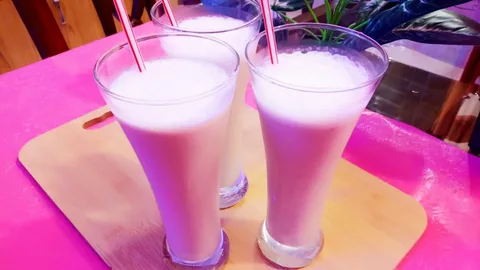
Introduction Refreshing Yogurt-Based Delight
Lassi
is a traditional Indian beverage that has gained immense popularity across the globe due to its rich flavor, creamy texture, and versatile nature. Lassi primarily uses yogurt as its base, allowing people to enjoy it as a savory drink, a sweet indulgence, or even a flavored treat with fruits and spices. This drink originated in the Indian subcontinent and deeply reflects Indian culture and cuisine, offering both a refreshing taste and several health benefits.
In this article, we’ll dive deep into the history, preparation, varieties, and nutritional benefits of lassi, along with tips to make the perfect glass at home.
A Brief History of Lassi
its origins in ancient India, dating back thousands of years. Historically, it was consumed in rural households to stay cool in the tropical heat. Yogurt, which forms the base of lassi, has been a staple in Indian diets since Vedic times due to its cooling and digestive properties. Traditionally churned by hand, It was often prepared in large earthen pots to maintain a chilled temperature. Over the years, lt evolved into various regional variations, each adding its unique twist to this beloved drink.
How Lassi is Made
The base ingredients of lassi are simple and easily accessible: yogurt, water or milk, and flavorings. The yogurt is whisked until smooth and creamy, then blended with water or milk to create the desired consistency. From here, the drink is flavored with spices, fruits, or sweeteners depending on the type of lassi.
Here’s a basic recipe for making lassi:
Ingredients:
1 cup plain yogurt
½ cup cold water or milk (adjust based on thickness preference)
Sweetener (sugar, honey, or jaggery) for sweet lassi, or salt for savory lassi
Ice cubes (optional)
Steps:
Whisk or blend the yogurt in a blender until smooth.
Add water or milk and blend again to achieve a creamy texture.
Depending on the type of lassi, add sugar or salt and blend until well combined.
Pour into a glass and garnish with your choice of toppings (e.g., mint leaves, nuts, or spices).
Varieties of Lassi
It comes in several varieties, catering to diverse taste preferences. Here are some of the most popular types:
1. Sweet Lassi
Sweet lassi is perhaps the most common variety. Made with yogurt, sugar, and sometimes a hint of rose water or cardamom, this version is light, mildly sweet, and refreshing. It’s a perfect accompaniment to spicy Indian meals or a standalone drink on a hot day.
2. Salted (Savory) Lassi
Also known as “namkeen lassi,” this version is a salty and spiced variation. Made with salt, cumin powder, and sometimes herbs like coriander or mint, salted lassi is considered excellent for digestion and is often enjoyed during or after meals.
3. Mango Lassi
Mango lassi is a delightful fruity twist on the traditional recipe. Blended with fresh or pulped mango, this version has a vibrant flavor and is particularly popular during the summer when mangoes are in season. Adding a pinch of cardamom enhances its exotic appeal.
4. Masala Lassi
Masala lassi combines yogurt with a blend of spices such as black salt, roasted cumin powder, black pepper, and fresh herbs. This variety is robust in flavor and is often consumed as a digestive aid.
5. Bhang Lassi
A specialty in some regions of India, particularly during the Holi festival, bhang lassi is infused with edible cannabis. This version is strictly for cultural or religious contexts and is consumed under traditional supervision.
Health Benefits of Lassi
Lassi is not just a flavorful drink; it also offers numerous health benefits thanks to its base ingredient—yogurt. Here are some key advantages of drinking lassi:
Improves Digestion: The probiotics in yogurt promote healthy gut bacteria, aiding digestion and reducing bloating or acidity.
Boosts Immunity: The live cultures in yogurt strengthen the immune system and help fight infections.
Hydration: Excellent hydrating drink, especially in hot climates, as it replenishes electrolytes.
Cooling Effect: The yogurt base has a natural cooling effect, making lassi a popular choice in summer to combat heat and prevent dehydration.
Rich in Nutrients: good source of calcium, protein, and vitamins like B12 and D, essential for bone health and overall well-being.
Tips for Making the Perfect Lassi
Use Fresh Yogurt: Fresh, thick yogurt forms the backbone of a good lassi. Homemade yogurt is an excellent option for authentic flavor.
Blend Thoroughly: Whisk or blend the yogurt well to ensure a smooth, creamy texture.
Experiment with Flavors: Add fruits, nuts, or spices to customize the lassi to your taste.
Serve Chilled: tastes best when served cold. Add ice cubes or refrigerate before serving.
Balance Sweetness or Saltiness: Whether sweet or savory, adjust the seasoning to suit your palate.
Cultural Significance of Lassi
lassi is more than just a drink;
it holds cultural and spiritual significance. lassi is often served in large steel glasses and is considered a symbol of hospitality. In Rajasthan, the drink is served in traditional clay pots called matkas, which enhance its earthy flavor. During festivals like Holi, special versions like bhang lassi take center stage.
Summary
Lassi is a timeless beverage that, over the years, has transcended regional boundaries to become a global favorite. Whether you enjoy it sweet, salty, or fruity, lassi is undoubtedly a versatile drink that not only delights the taste buds but also nourishes the body. Moreover, its simplicity, combined with its health benefits and adaptability, makes it a must-try for anyone looking to experience authentic Indian flavors.
Therefore, the next time you’re in the mood for something refreshing, simply whip up a glass of lassi and savor its creamy, wholesome goodness!
ORGANIC FOODS
Gurr: (Jaggery) Uses, & Nutritional Value
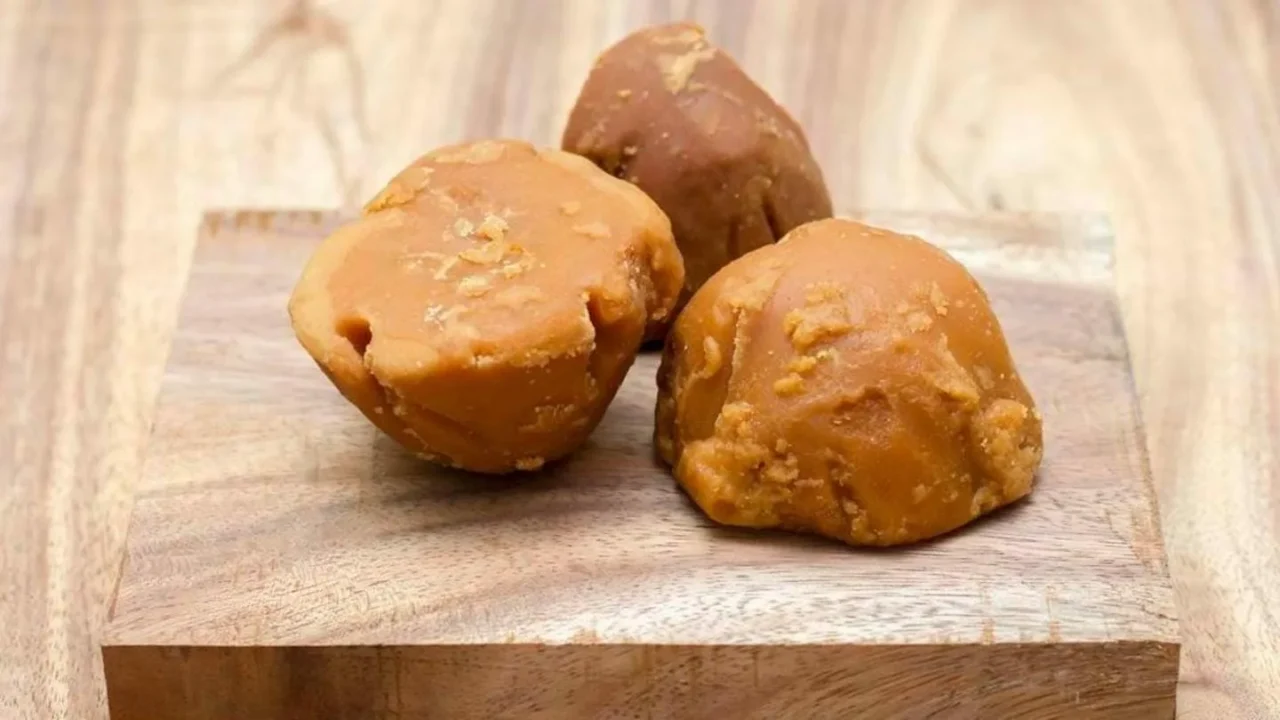
Introduction to Gurr (Jaggery)
Gurr, also known as Gud or Jaggery, is a traditional unrefined sugar product widely used across South Asia, Africa, and Latin America. It is made from sugarcane juice or palm sap and is an integral part of many cultures for its culinary, medicinal, and nutritional benefits. Unlike refined sugar, gurr retains essential vitamins and minerals, making it a healthier natural sweetener.
How Gurr (Jaggery) is Made
Gurr is made by evaporating the juice of sugarcane or palm sap. The juice is extracted, filtered, and boiled until it thickens into a concentrated syrup. Once cooled, it solidifies into blocks or granules of jaggery. This process retains nutrients that are otherwise lost in refined sugar production.
Nutritional Value of Gurr (Jaggery):
Gurr, also known as jaggery, is a natural sweetener rich in essential nutrients that refined sugar lacks. It is primarily composed of sucrose (about 70-90%), with trace amounts of protein, fat, and moisture.
Here’s a breakdown of its nutritional value per 100 grams:
- Calories: ~383 kcal
- Carbohydrates: 98-99 g (with sugars making up 85-90 g)
- Iron: 11-15 mg (highly beneficial for anemia)
- Calcium: 40-100 mg
- Magnesium: 70-90 mg
- Potassium: ~1050 mg
- Phosphorus: 20-90 mg
- Zinc: 0.2-0.4 mg
- Vitamin B6: 0.11 mg
Key Health Benefits:
- Energy Source: Jaggery is a high-calorie food and provides an instant energy boost, making it ideal for labor-intensive workers and athletes.
- Iron-Rich: Its significant iron content aids in boosting hemoglobin levels and preventing anemia.
- Detoxification: Jaggery helps cleanse the liver and body by flushing out toxins.
- Digestive Aid: It promotes digestive health by stimulating enzymes and preventing constipation.
- Mineral Boost: The presence of calcium, potassium, and magnesium supports bone health, muscle function, and electrolyte balance.
- Blood Purification: Regular consumption purifies the blood and improves skin health.
However, despite its nutritional advantages, jaggery is still a form of sugar. Overconsumption can lead to weight gain and affect blood sugar levels, particularly for diabetics, so moderation is key. Pure, unrefined jaggery retains more nutrients than refined sweeteners, making it a healthier alternative when consumed responsibly.
For more on its health benefits and uses, check sources like Zandu Care and Masala Monk【109†source】【110†source】.
Nutritional Value of Gurr table
Gurr is not just a sweetener; it’s a powerhouse of nutrients that benefit overall health. The table below shows the nutritional composition of jaggery per 100 grams:
| Nutrient | Amount | Health Benefits |
|---|---|---|
| Carbohydrates | 97g | Provides instant energy |
| Iron | 11mg | Combats anemia and boosts hemoglobin |
| Calcium | 85mg | Strengthens bones and teeth |
| Potassium | 1056mg | Balances electrolytes and blood pressure |
| Magnesium | 70-90mg | Supports nerve function and bone health |
| Vitamin C | Trace | Boosts immunity and skin health |
| Antioxidants | Present | Prevents cell damage and supports immunity |
Note: Gurr also contains trace amounts of phosphorus, zinc, and small quantities of B vitamins.
Health Benefits of Gurr (Jaggery)
Improves Digestion
Gurr acts as a digestive aid by stimulating digestive enzymes. Consuming a small piece of jaggery after meals helps prevent bloating, constipation, and indigestion.
Natural Energy Booster
As a complex carbohydrate, gurr is absorbed slowly, providing sustained energy without causing a spike in blood sugar levels like refined sugar.
Rich Source of Iron
Gurr is an excellent natural remedy for iron deficiency (anemia). Its high iron content helps increase hemoglobin levels, making it beneficial for women, children, and elderly individuals.
Detoxifies the Body
Gurr cleanses the liver by flushing out toxins. Its antioxidants help purify blood, which supports skin health and overall detoxification.
Boosts Immunity
Packed with essential minerals and antioxidants, gurr helps strengthen the immune system and combat infections during seasonal changes.
Relieves Respiratory Issues
Gurr, often combined with ginger or black pepper, is a popular home remedy for cough, cold, and respiratory problems. It helps reduce mucus and soothes the throat.
Regulates Blood Pressure
The potassium in gurr balances electrolytes, maintains proper blood pressure, and reduces water retention.
Improves Menstrual Health
Regular consumption of gurr helps alleviate menstrual cramps and balances hormones due to its rich iron content.
Gurr vs. Refined Sugar comparison
The debate between gurr (jaggery) and refined sugar highlights key differences in nutritional value, health impacts, and processing methods. Gurr, an unrefined natural sweetener, retains essential nutrients, whereas refined sugar is often called “empty calories” due to its lack of vitamins and minerals.
- Nutritional Value:
Gurr is rich in minerals such as iron, calcium, potassium, and magnesium due to its unrefined processing. It also contains trace amounts of vitamins and antioxidants, which are removed during sugar refining. Refined sugar is nearly pure sucrose (carbohydrates) with no additional nutrients【119†source】【120†source】.
- Glycemic Index:
Gurr has a lower glycemic index (GI) compared to refined sugar, meaning it causes slower and steadier blood sugar spikes. This makes it a better option for those managing energy levels or blood sugar concerns【120†source】.
- Processing and Additives:
Gurr is made using traditional methods that involve evaporating sugarcane or palm sap without chemicals. On the other hand, refined sugar undergoes bleaching and chemical treatments to achieve its white color and fine texture【119†source】.
- Health Benefits:
- Boosts Immunity: Gurr contains antioxidants and natural compounds that support digestion and immunity.
- Iron Content: It is particularly beneficial for combating iron deficiency (anemia).
- Digestive Aid: Gurr stimulates digestive enzymes, improving gut health【119†source】【120†source】.
- Flavor and Usage:
Gurr offers a distinct caramel-like taste and can be used in teas, desserts, or traditional dishes, whereas refined sugar is neutral in flavor and primarily used for sweetening.
For further details, visit:
Gurr vs. Refined Sugar table
| Aspect | Gurr (Jaggery) | Refined Sugar |
|---|---|---|
| Processing | Minimal, retains nutrients | Heavily processed, nutrient loss |
| Nutritional Value | Rich in minerals, iron | Empty calories |
| Energy Release | Slow and sustained | Rapid spike, quick crash |
| Health Benefits | Detoxifying, nutritious | Causes inflammation, weight gain |
Side Effects of Sugar
Consuming excessive amounts of sugar can lead to a variety of health issues affecting different aspects of physical and mental well-being. Here are some of the key side effects:
1. Weight Gain and Obesity
- Reason: Sugary foods and beverages are calorie-dense but lack essential nutrients. Excessive sugar consumption leads to fat storage, especially around the abdomen.
- Impact: Increases the risk of obesity and related conditions like type 2 diabetes and cardiovascular diseases.
2. Increased Risk of Type 2 Diabetes
- Reason: Chronic overconsumption of sugar causes insulin resistance, where the body becomes less effective at regulating blood sugar levels.
- Impact: Leads to higher blood glucose levels and eventually type 2 diabetes.
3. Dental Health Issues
- Reason: Sugar feeds harmful bacteria in the mouth, leading to acid production that erodes enamel.
- Impact: Causes cavities, tooth decay, and gum disease.
4. Heart Disease Risk
- Reason: High sugar intake is linked to increased triglycerides, obesity, and inflammation.
- Impact: Raises the risk of high blood pressure, heart attack, and stroke.
5. Fatty Liver Disease
- Reason: Excessive sugar, especially fructose, is processed by the liver, leading to fat buildup.
- Impact: Increases the risk of non-alcoholic fatty liver disease (NAFLD).
6. Mental Health Effects
- Reason: High sugar consumption can affect neurotransmitter function and inflammation in the brain.
- Impact: Increases risk of depression, anxiety, and mood swings.
7. Energy Crashes
- Reason: Sugary foods cause a spike in blood sugar levels followed by a rapid decline.
- Impact: Leads to fatigue, irritability, and difficulty concentrating.
8. Accelerated Aging
- Reason: Sugar contributes to the formation of advanced glycation end-products (AGEs), which damage collagen and elastin in the skin.
- Impact: Promotes wrinkles and premature aging.
9. Increased Inflammation
- Reason: Diets high in sugar are associated with chronic inflammation.
- Impact: Can worsen conditions like arthritis and lead to chronic diseases.
10. Weakened Immune System
- Reason: High blood sugar levels reduce white blood cell efficiency.
- Impact: Increases vulnerability to infections.
Recommendations for Limiting Sugar
- Opt for natural sweeteners like honey or gurr.
- Increase fiber intake to reduce sugar cravings.
- Avoid sugary drinks and processed foods.
For further reading, visit:
Common Uses of Gurr
- Culinary Uses:
- Used in traditional sweets, desserts, and beverages.
- A key ingredient in Chikki (Indian peanut brittle) and rice pudding.
- Added to tea, coffee, or warm water as a healthier sweetener.
- Medicinal Uses:
- Consumed with turmeric or ginger for cold and cough relief.
- Mixed with sesame seeds or nuts to make energy-boosting snacks.
- Cultural and Festive Uses:
Gurr plays a significant role in festivals and religious ceremonies, especially in South Asia.
Potential Side Effects and Precautions
While gurr is a healthier alternative to sugar, excessive consumption can lead to:
- Weight gain due to its high caloric content.
- Increased blood sugar levels for diabetic individuals.
Tip: Always consume gurr in moderation and consult a doctor if you have diabetes or related conditions.
FAQs About Gurr (Jaggery)
Is gurr good for weight loss?
Yes, gurr provides sustained energy and satisfies sweet cravings, but it should be consumed in moderation for weight control.
Can diabetics consume gurr?
Diabetics should avoid gurr as it can increase blood sugar levels, although it has a lower glycemic index than sugar.
How does gurr help during winter?
Gurr generates heat in the body, making it ideal for consumption during winter to combat cold weather.
How long does gurr stay fresh?
Stored in an airtight container in a cool place, gurr can last up to 6 months.
What is the difference between gurr and sugarcane juice?
Sugarcane juice is the raw extract, while gurr is the solidified form after boiling and processing.
Recommended Books
-
The Ayurveda Way by Ananta Ripa Ajmera
-
Healing Foods by DK Publishing
-
The Science of Cooking by Stuart Farrimond
Latest Research Summary
Recent research indicates that global sugar production is expected to reach substantial levels in the 2024/25 season, potentially making it the second-highest on record. The USDA projects total global sugar output to hit 186.6 million tons, driven by favorable weather and strong production in countries like Brazil and India. Meanwhile, the International Sugar Organization (ISO) forecasts a global sugar deficit for 2024/25 of 2.51 million tons, lower than previously expected, suggesting a tighter global market.
Despite these fluctuations, a surplus was seen in the 2023/24 season, as global sugar production exceeded consumption, with the deficit shrinking. Brazil’s sugar production, which plays a pivotal role, has experienced variations due to weather conditions and government policy shifts, such as adjustments to ethanol blending. These trends are significant in understanding the dynamics of sugar prices and market behavior.
For more details on the forecasts and market analysis, you can explore the full reports from the USDA and the ISO.
-

 SEO3 months ago
SEO3 months agoBest website platform for seo: top 5 popular websites, 1-book, 25 Top Free SEO Tools,
-

 Blog5 months ago
Blog5 months agoMaria Taylor’s Husband: Jonathan Lee Hemphill’s Job, Family, and Kids Explained
-

 FASHION2 months ago
FASHION2 months agoOld-Fashioned: Styles Across Generation
-

 SEO3 months ago
SEO3 months agoGoogle Ranking Factors: top 50 factors
-

 TECH2 months ago
TECH2 months agoRadiology Tech: Prices, Features, and Buy
-

 Blog2 months ago
Blog2 months agoSigns of a Healthy Relationship:
-

 YOGA2 months ago
YOGA2 months agoDental Care: Can Increase Your Life Expectancy
-

 SEO3 months ago
SEO3 months agoDoes google business profile posting improve rankings: A Latest Guide to Google Visibility books


